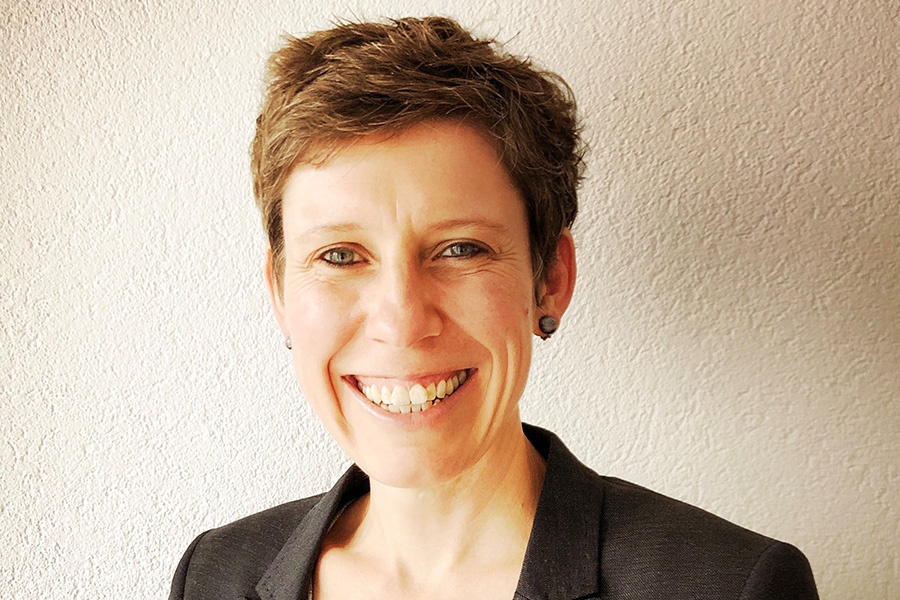“Being Agile” is just as vital as “Doing Agile”
As well as the processes, dealing with values and principles is also of fundamental importance. Olivia Zimmermann, who works on the internal project “Transformation into an agile, project-based operation”, explains: “Without reflecting on our approach and attitude and switching to an agile mindset, processes alone will not achieve the full desired impact.” It requires, for example, a new understanding of leadership that moves away from command and control and towards distributed leadership and distributed decision-making competence. "To succeed here, we must maintain trust, feedback, transparency and continuous learning as the cornerstones of our culture, which in turn require reflection on our behaviour and attitudes.”



